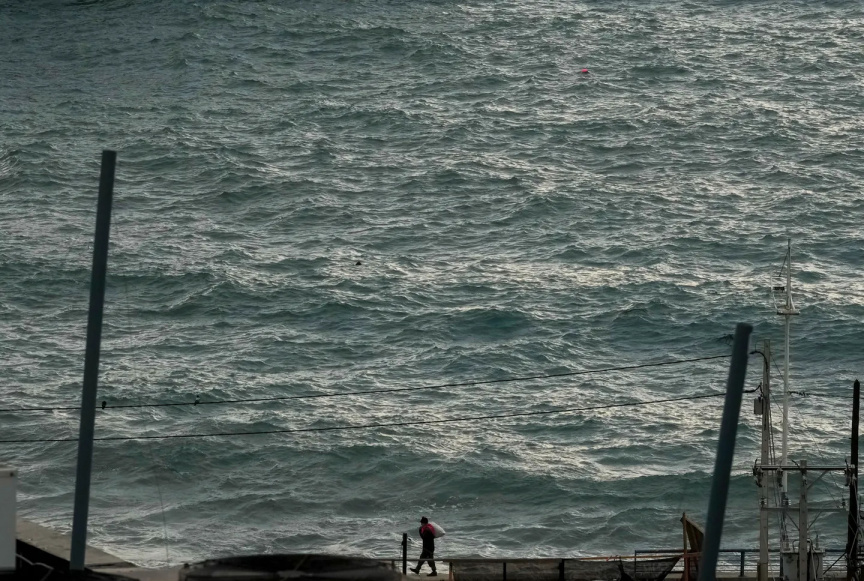
Chile carried out what the Interior Ministry called "perhaps the most massive evacuation ever" in the country’s history, with 1.4 million people ordered away from the coast. (Photo/AP)
Tsunami warnings were lifted across the Pacific, allowing millions of people who had evacuated coastal areas to return home after a massive undersea earthquake struck off Russia’s Kamchatka Peninsula.
The 8.8 magnitude quake, one of the strongest recorded globally since 1900, triggered tsunami alerts in more than a dozen countries, including Japan, the United States, and Ecuador.
Storm surges of up to four metres were predicted in some regions, prompting widespread disruption.
Peru closed more than half its Pacific ports, while flights to and from Hawaii’s island of Maui were cancelled.
But by Wednesday evening, fears of a catastrophic event had eased, with country after country downgrading or lifting their warnings.
In Japan, nearly two million people were told to evacuate to higher ground before the alerts were rescinded.
The Fukushima nuclear plant — destroyed by a tsunami in 2011 — was briefly evacuated as a precaution.
Local media reported the only fatality was a woman in Japan who died after driving her car off a cliff while attempting to flee.
Chile carried out what the Interior Ministry called "perhaps the most massive evacuation ever" in the country’s history, with 1.4 million people ordered away from the coast.
Authorities later reported no casualties or damage, as waves reached only 60 centimetres.
In Ecuador’s Galapagos Islands, where surges of up to three metres had been expected, the sea rose just over a metre and caused no damage.
"Everything is calm, I'm going back to work," said Isabel Grijalva, a resident of Santa Cruz.
Earlier, loudspeakers, emergency alerts, and park closures had emptied beaches and coastal attractions.
Tourists were rushed off sightseeing boats, and schools were shut down in affected areas.
Worst impact in Russia
The worst impact was seen in Russia, where a tsunami struck the port town of Severo-Kurilsk, flooding a local fishing plant and sweeping debris inland.
Footage on Russian state television showed buildings and equipment pulled into the sea.
The quake also caused minor damage and light injuries across Russia’s Far East, despite its strength.
Scientists also reported the eruption of the Klyuchevskoy volcano shortly after the quake, with "red-hot lava" flowing down its slopes and visible explosions.
According to the US Geological Survey, the quake was among the 10 strongest globally since 1900.
It was followed by dozens of aftershocks, including one measuring 6.9 magnitude.
Russian seismic experts warned that aftershocks above magnitude 7.0 remain possible in the coming days.
___
Source: TRT